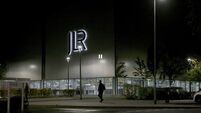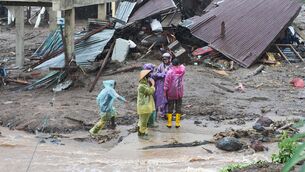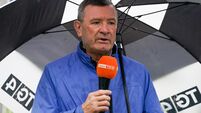Little known Yemen in grip of civil war

“You’ll know when you hear a plane overhead because the air space is closed to commercial flights so there’s only going to be one type of plane flying,” says Emma O’Leary of the military airstrikes that have become part of the soundtrack to life in the struggling city.
The 31-year-old Corkwoman speaks with a coolness that betrays no trace of the fear the regular strikes must surely generate.
















